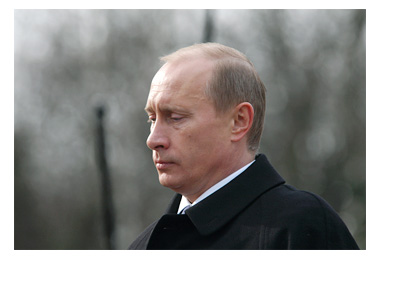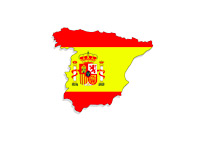Black Monday Revisited
 The North American stock exchanges have weathered a number of fierce storms during their lifetimes. You had the Great Depression. You had 9/11. You had the 1973 oil crisis and resulting dramatic spike in inflation. You had the popping of the dot-com bubble. You had the popping of the real estate bubble a few years back. You had the Savings and Loan crisis, the LTCM crisis, the collapse of the USSR and the economic fall of Japan.
The North American stock exchanges have weathered a number of fierce storms during their lifetimes. You had the Great Depression. You had 9/11. You had the 1973 oil crisis and resulting dramatic spike in inflation. You had the popping of the dot-com bubble. You had the popping of the real estate bubble a few years back. You had the Savings and Loan crisis, the LTCM crisis, the collapse of the USSR and the economic fall of Japan. However, the greatest one-day crash in the history of the Dow Jones Industrial Average still belongs to "Black Monday."
On October 19th, 1987, the Dow Jones Industrial Average (DJIA) plummeted 508 points to close at 1739. This represented a total drop of 22.6%, which is still to this day the biggest one-day percentage drop in the history of the Dow. The Dow Jones Industrial Average has had plenty of bad days during its lifetime, but this was by far the worst. There were plenty of days where the markets was savaged during the Great Depression, but none of them topping October 19th, 1987.
Normally European, Asian and other worldwide markets follow the North American markets. In this case, it was the opposite. The crash began in Asia, spread to Europe and then gripped the North American indexes when they opened for trading on that fateful Monday.
Prior to October of 1987, the US economy had started to slow. The stock markets continued to rip along though, as the Dow had advanced as much of 44% over 1986's high points. The markets started to weaken though in the days leading up to the collapse - the Dow dropped approximately 250 points in the three days leading up to the "big" crash. On Friday, October 16th, the DJIA ended down 108 points and left many investors to ponder the fate of their investments over the weekend.
On Monday, the incredible crash came. The markets quickly plummeted, succumbing to wave after wave of selling. People point to different causes of the crash. Some blame program trading. Some blame derivatives. Some simply say that the US economy (and stock markets) were due for a haircut. Whatever the reason, the markets closed down over 500 points, making for the biggest one-day loss in the history of the Dow.
Chaos reigned supreme. Many were thinking that this crash was signifying the end of "American Capitalism." News of the crash swept through the mainstream media. Every nightly news show and newspaper led with the news.
The exchanges were left to sort through the reams of orders that weren't able to be processed (due to inadequate technology). Trading was restricted throughout world markets as the mess was dealt with. The Federal Reserve and other central banks pumped liquidity into the system to stabilize the markets. The bottom was reached on October 20th, and the DJIA had recovered over 300 points by October 21st.
Even though the DJIA suffered its worst-ever crash in history in 1987, the exchange still finished positive for the year. Many people naturally figured that 1987 would be a horrific year for the Dow - that wasn't the case. The Dow closed up about 40 points that year, and would go on to take out its highs set in August of 1987 less than two years later.
Filed under: The Economic Meltdown | General Market News



